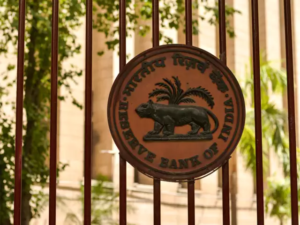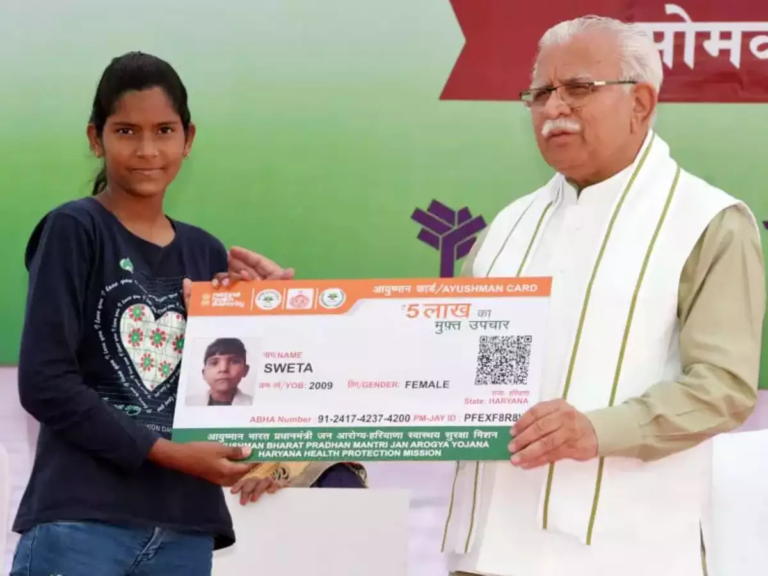What are the New Ways to Verify Digital Payments Other than OTP?

In the rapidly evolving landscape of digital transactions, ensuring the security of payments is paramount. One of the common methods used for authentication is the One-time password (OTP) sent via SMS. However, with the Reserve Bank of India (RBI) proposing a new framework, the authentication process for digital payments is set to undergo significant changes. Let’s delve into what this proposal entails and how it stands to benefit consumers and the industry as a whole.
Also Read: Is It the Last Opportunity for FD Investors to Invest in FD at Higher Rates?
Contents
What is the RBI’s Proposal?
The RBI, in its effort to enhance the security of digital transactions, has proposed the introduction of a principle-based framework for authentication. This framework aims to provide flexibility in authentication methods beyond the traditional SMS-based OTP. Announced during the Monetary Policy Committee decisions on February 8, 2024, the proposal underscores the need to adapt to technological advancements and explore innovative authentication solutions.
What is the Current Authentication Method?
Presently, the most prevalent method for authenticating digital transactions involves receiving an OTP on the registered mobile number. Users are required to input this OTP within a specific timeframe to complete the transaction. While this method has been effective to some extent, it has its limitations, particularly in the face of evolving cyber threats and technological advancements.
What are the Proposed Changes to the Current Method?
The proposed framework by the RBI seeks to move away from the reliance solely on SMS-based OTP authentication. Instead, it aims to allow regulated entities the flexibility to adopt alternative authentication methods. These methods could include Time-based One Time Passwords (TOTP) generated using algorithms or other innovative authentication techniques. By diversifying authentication options, the framework aims to enhance the security of digital transactions and adapt to changing technological landscapes.
How Will It Benefit the Customer?
The introduction of a principle-based authentication framework holds several benefits for consumers. Firstly, it provides them with a more secure environment for conducting digital transactions. With alternative authentication methods, customers can enjoy enhanced protection against financial frauds and data breaches. Additionally, the framework offers greater convenience by allowing customers to choose authentication methods tailored to their preferences and technological capabilities. This increased flexibility is expected to foster greater trust and confidence in digital payment methods among consumers.
How Did the Industry Respond to the News?
Industry experts and leaders have largely welcomed the RBI’s proposal for a principle-based authentication framework. They see it as a positive step towards enhancing digital trust and security. By empowering businesses to explore innovative solutions while maintaining stringent security standards, the framework is expected to bolster the resilience of the digital payments ecosystem. Industry stakeholders recognize the importance of adapting to evolving technologies and threats, and the proposed framework aligns with this forward-thinking approach.
Conclusion:
In conclusion, the RBI’s proposal to introduce a principle-based authentication framework signifies a significant shift in how digital transactions are verified in India. By moving beyond the traditional SMS-based OTP method, the framework aims to enhance security, provide flexibility, and foster greater trust among consumers. As the digital payments landscape continues to evolve, such initiatives play a crucial role in ensuring the safety and integrity of digital transactions.





